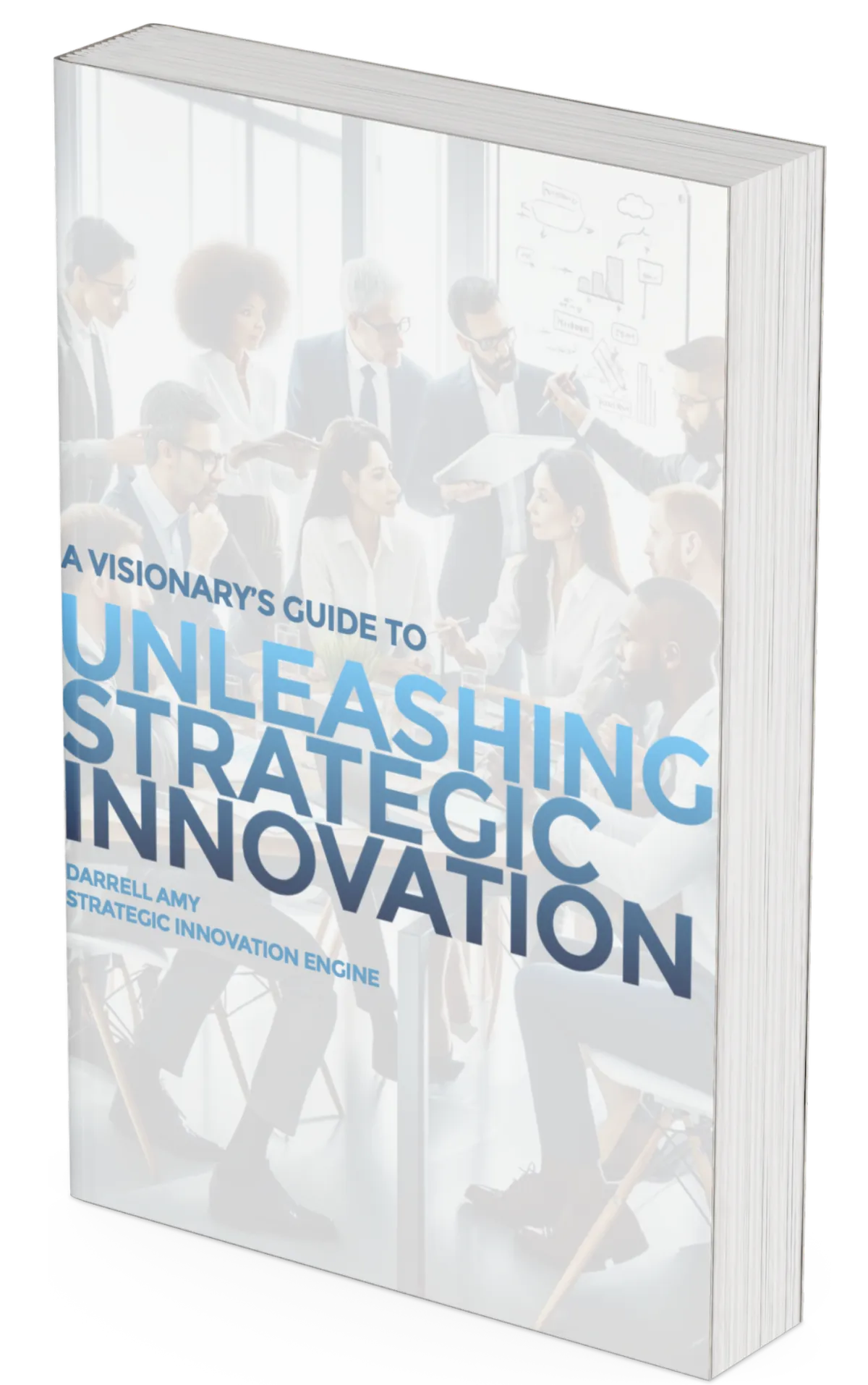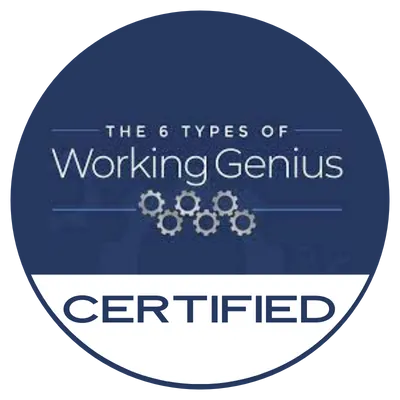
The Crucial Difference Between a Visionary Founder and an Innovative Culture.
Visionaries are heralded as the Chief Innovation Officers of their companies. While the integration team works to turn the ideas into reality, the visionary leader works to come up with new ideas.
This works… to a point. Then, there comes a point in a company’s growth where a company needs to graduate from having an innovative leader to having a culture of innovation.
In Beyond Entrepreneurship 2.0, my favorite Jim Collins book, he observes that every company starts with some kind of creative visionary. The challenge as that company grows is to “become an innovative company, rather than a company with an innovative founder.”
Companies that make this shift thrive. They continue to grow at a high rate. They sustain a leadership position in their markets. They reduce founder dependence, maximizing their valuation.
Companies that don’t make this shift plateau. While they may enjoy linear growth, the company is at risk of displacement from a current or new competitor. When it comes time to sell, they often sell at a discount due to founder dependence.
Innovative Culture Identifiers
How do you identify the difference between a company with a visionary leader and a company with an innovative culture? Here are a few ideas.
1. One Person vs. a Team of People
A company dependent on ideas from a single visionary does not have a designated team of people working on innovation. A company with an innovative culture celebrates innovation. They identify people on the team with gifts of innovation and put them to work in cross-functional innovation teams. (For more ideas on this check out A Visionary’s Guide to Unleashing Strategic Innovation.)
2. Inspiration vs. Process
According to Peter Drucker, “Purposeful, systematic innovation begins with the analysis of the opportunities.” Innovation is a process. Established companies go beyond relying on the visionary’s hunch, great idea from the latest book, or middle of the night brainstorm. They systematically and purposefully work to understand what the market wants and work to bring it to life. There is a consistent cadence to how the innovation team works together. They validate ideas by piloting and optimizing them.
3. No Scorecard vs. Ongoing Measurement
Innovative cultures keep score. They track the impact of new innovations. They celebrate the wins. They have a wall of innovation. (See What’s On Your Company’s Innovation Wall).
4. No R&D Tax Credits vs. Tax Credits
Governments celebrate innovation (aka Research & Development) because they know that innovation creates Companies that intentionally innovate may be able to take advantage of tax credits and incentives from federal, state, and local governments. Companies that don’t have an innovative culture have probably never asked about these benefits.
You could add more to this list such as low employee engagement, lack of an entrepreneurial spirit, and being unprepared for an exit.
How Do You Fix This?
First, recognize both the need and the opportunity. In his book, Innovation and Entrepreneurship, Peter Drucker says, “We now know that the medium-sized business is particularly well positioned to be a successful entrepreneur and innovator, provided only that it organize itself for entrepreneurial management.” He goes on to explain how established mid-sized businesses are well positioned to build cultures of innovation.
Building an innovative culture requires three steps:
Identify the people on your team with gifts of innovation
Ideate with regular Innovation Focus Days
Investigate the ideas that emerge by piloting, optimizing, and packaging them for implementation.
I call this process creating a Strategic Innovation Engine. You can learn more about how this could work for your company at www.strategicinnovationengine.com.
Originally published on Darrell Amy's LinkedIn.
FREE BUSINESS VALUATION
Large Call to Action What is Your Business Worth?
You can Discover the Value of Your Business in Less than 20 Minutes!
Join 70,000 business owners and get your score on the 8 Factors That Drive Your Company’s Value, a comprehensive analysis of your score and a detailed action plan for how to improve your score on each.

DISCOVER HOW YOUR COMPANY CAN UNLEASH STRATEGIC INNOVATION
Attract, engage, and retain top talent
Integrate new technologies like AI
Build competitive advantage
Create profitable growth
"Wow! This is incredibly powerful! My integrator needs to see this right away.
Chris C.
Visionary and CEO


We run our business on EOS
We run our business on EOS



